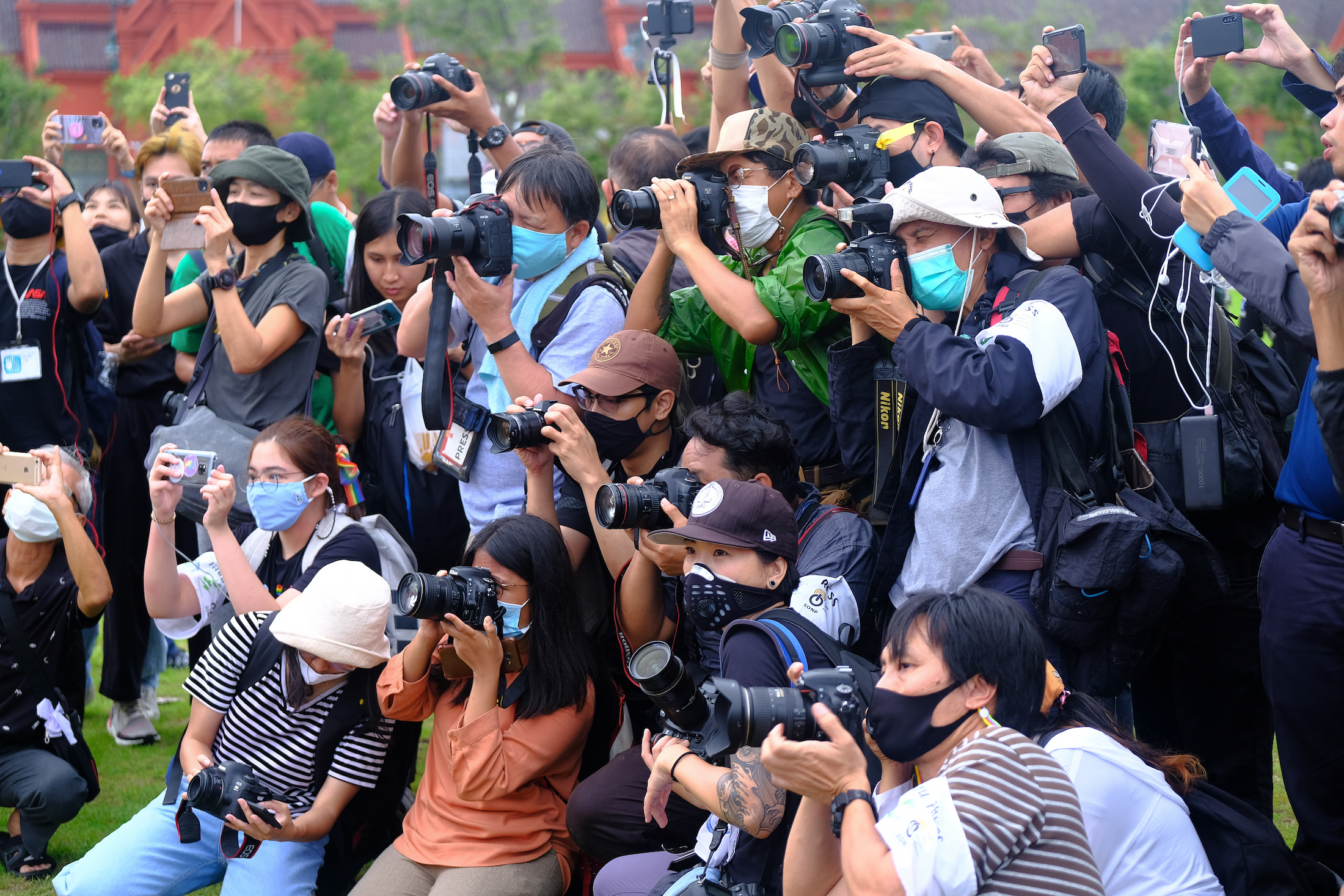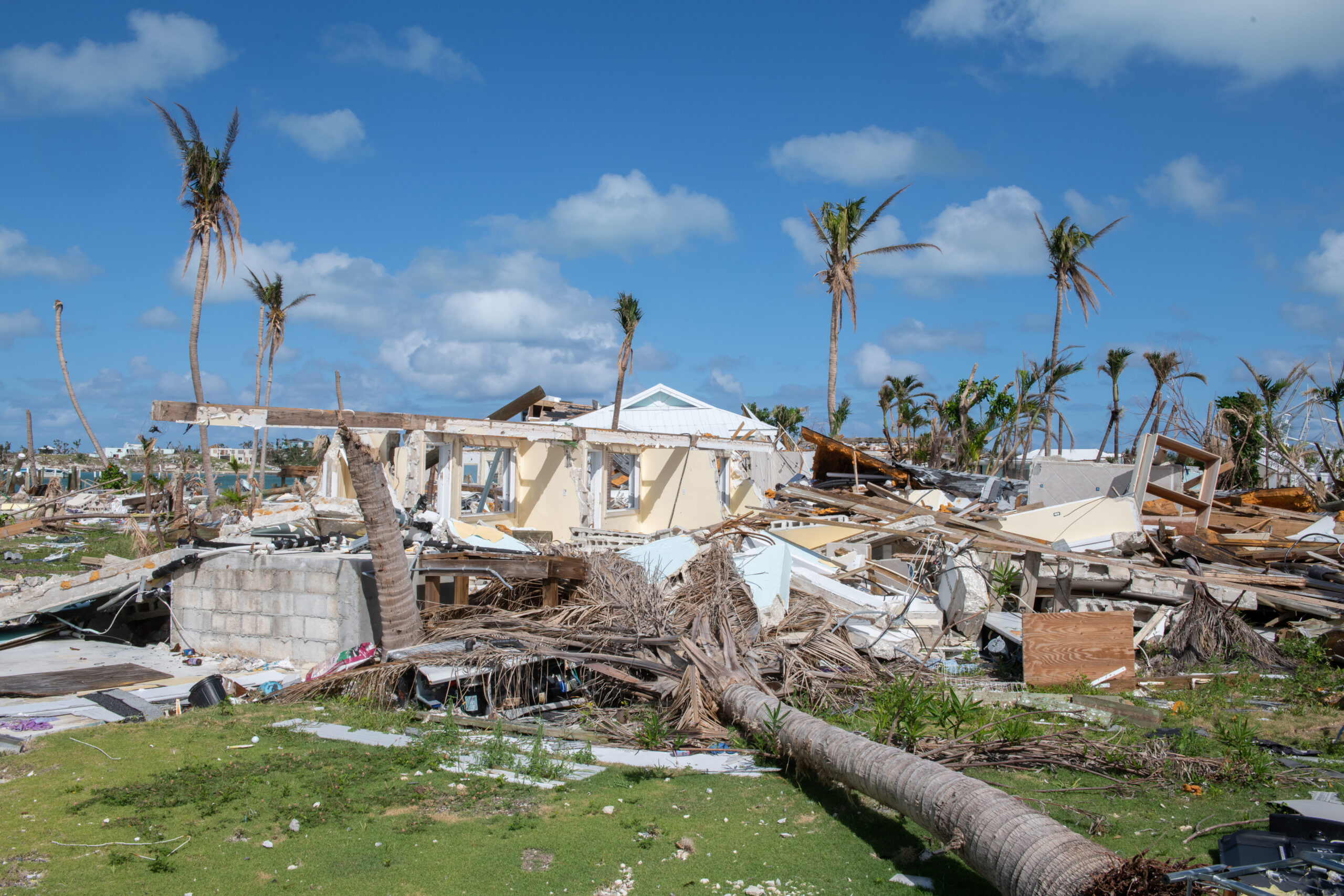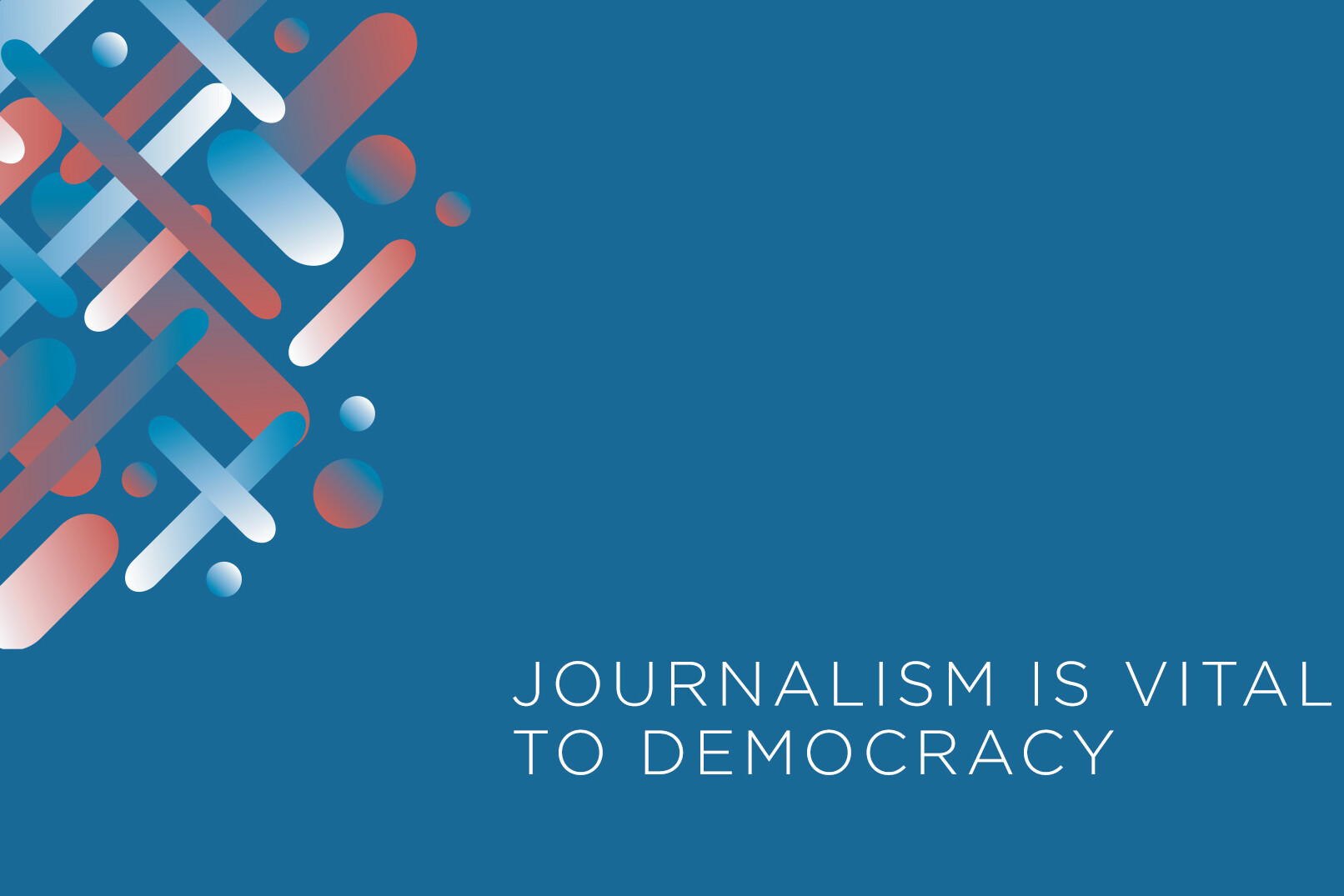INSIGHT
Why newsrooms need to prioritise journalist safety in 2024
10th January 2023
Looking to the year ahead, media consultant and former journalist, Hannah Storm, discusses the need for newsrooms to have strategies that consider the physical and mental safety of journalists.

An extract of this piece was originally published on journalism.co.uk.
By Hannah Storm, Media Consultant, specialising in safety and crisis management, and Founder & CEO of the Headlines Network which promotes more open conversations about mental health in journalism.
The news industry has been lurching from coverage of one external crisis to another in the past few years. Historic numbers of people displaced by conflict and disaster, the unexpected election of polarising politicians, a global pandemic: each of these has demanded extensive investment by journalism organisations, so too other issues that have exposed inequity on a societal scale, such as the Black Lives Matter and #MeToo movements, and the climate crisis.
On top of this, the past couple of years has seen major conflicts consuming significant resources within many international media organisations, not least in Ukraine and Gaza.
Read more: Why newsrooms should have mental health strategies for climate journalists (Insight)
I am writing this during a conflict, which has proved the deadliest for our industry since records began. As of January 10, the Committee to Protect Journalists recorded at least 79 journalists and media workers killed since the start of fighting in Gaza in early October.*
The past few years have taken a toll on our journalism colleagues. Having worked in media safety for more than a decade, I have never known a time when I so feared for the wellbeing of our colleagues, and by extension the wellbeing of this industry.
I’m constantly hearing people say that these are unprecedented times, but this implies things will settle at some stage, that soon we will be able to take a break from the relentless breaking news.
I worry our industry is facing an existential crisis where we are no longer equipped to deal with the demands of daily news, because there is just too much.
Figuring out how to deal with the overwhelm and recognising what to prioritise in order to promote more sustainable processes may not seem connected to safety considerations.
However, having recently written a book on journalism and mental health, I know that we can’t separate the wellbeing of our industry from the wellbeing of our individuals.
Newsrooms need to ensure they reserve enough resources to be sustainable, and ensure they recognise the difference between the non-negotiable aspects of journalism, and the nice to haves.
In other words, they need to distinguish between what they need to protect and continue doing at all costs, and what can be delayed, ditched, or delegated so they can keep on keeping on. This is crisis management, or business continuity, in a nutshell.
I worry our industry is facing an existential crisis where we are no longer equipped to deal with the demands of daily news, because there is just too much.
Years of working in media safety has taught me that safety is far more than a physical issue and there are costs to not planning, to not having in place strategies to deal with crises.
These costs are financial, physical, psychological, and cultural. In effect, they are costs to our industry and the individuals within it that prevent us from doing our best work because we are not planning on how to cover crises before they happen.
Just as most newsrooms have strategies for digital, for AI, for audience, they will need strategies for safety that incorporate crisis management and ensure our journalism can continue to thrive. All newsrooms would benefit from someone who is a bridge between editorial and safety, who can step back and not get pulled into firefighting.
PODCAST: Front lines and online: Is journalism more dangerous now than it ever has been?
I recognise it’s not possible to mitigate against every risk.
In many ways, journalism is about responding to fires. It’s about covering the news and experiences that are beyond our expectations. As journalists, many of us are used to running towards danger and difficulty, but in the past, this has been interspersed with down time.
Too few news organisations are implementing strategies that allow them to effectively plan for crises, to identify risks, while minimising costs to their journalism and crucially their journalists.
Firefighting is not something that can be done for a long time. It demands a focus, forcing our attention from other things into survival mode. I’m concerned that too many of those in charge of safety in newsrooms are constantly trying to put out fires, unable to consider the risks that might be on the horizon and how to mitigate them.
Too few newsrooms have people with responsibility for safety who understand the realities of journalism, who think like journalists, but who are also able to take stock of, mitigate and plan for the potential problems faced by a diverse community of people for whom definitions of danger and difficulty can be very different.
Just as most newsrooms have strategies for digital, for AI, for audience, they will need strategies for safety that incorporate crisis management and ensure our journalism can continue to thrive.
Until newsrooms recognise the need for someone to take more of a strategic look at editorial safety in all its forms, these organisations will be trapped in a cycle of firefighting, which will impact on wellbeing, decisions and ultimately cost the organisation more.
Subscribe toour newsletter
Keep updated with the latest public
media news from around the world
If journalism is an industry that has historically lacked diversity, journalism safety is even more problematic in its make-up. Many of those involved in this field are ex-military men, people who can protect others in war zones, who can tell the difference between incoming and outgoing fire, who can tell you the range of a missile. Far too few people working in journalism safety are women, even fewer come from identities marginalised by their ethnicity, racial, or sexual identity.
As we look ahead to the stories we’re likely to be faced with in the next few months and years, a few things are clear. The risks and pressures are unlikely to abate. Some of these are external, others internal. From the climate crisis, to the raft of elections in 2024, from identity violence, to racial and gender inequity, from online violence to burnout in newsrooms, all of these are aspects we should be factoring in as we plan for the safety and sustainability of our industry. So too, the personal safety issues impacting journalists who find themselves expected to cut corners because of newsroom pressures and competition, the toll of verifying social content and navigating misinformation, the increase in physical violence aimed at members of our profession: we need to learn from the lessons of the past and do all we can to plan for the future, ensuring we are best armed to cope with covering the crises that will come thick and fast.
Because we mustn’t underestimate the importance of quality, sustainable journalism in times of crisis. It can be the difference between life and death for people relying on information to make decisions and access resources in difficult and dangerous environments. It can hold power to account, shed a light on injustice, abuse, corruption, and inequity, it can shape and inform public opinion and government policy. It can highlight the experiences of people whose stories and journeys might otherwise not be told.
But journalism doesn’t exist without journalists and in order for this kind of journalism to continue, we need to identify where the pinch points are for our profession, where our journalists are most at risk, and we need to plan so we can put in place measures to protect our profession’s most precious resource so we can keep on doing our important work.
*An extract of this piece was published by Journalism.co.uk. The piece has since been updated to reflect the latest casualty figures of journalists and media workers killed.

About the author
Hannah Storm is a media consultant, specialising in safety and crisis management, and Founder & CEO of the Headlines Network which promotes more open conversations about mental health in journalism.
Our thanks to Ms. Storm for providing this report.
Related Posts
26th October 2023
Why newsrooms should have mental health strategies for climate journalists
It’s time to recognise that climate…
16th August 2022
Public media organisations providing mental health services for staff
More public media organisations are…
24th January 2022
Journalist safety: Advice issued ahead of major global sporting events
While quarantine and “social bubbles”…
30th September 2021
Brussels Declaration: PMA joins public media and international organisations to call for journalist safety and media freedom
Today, public service media companies…



